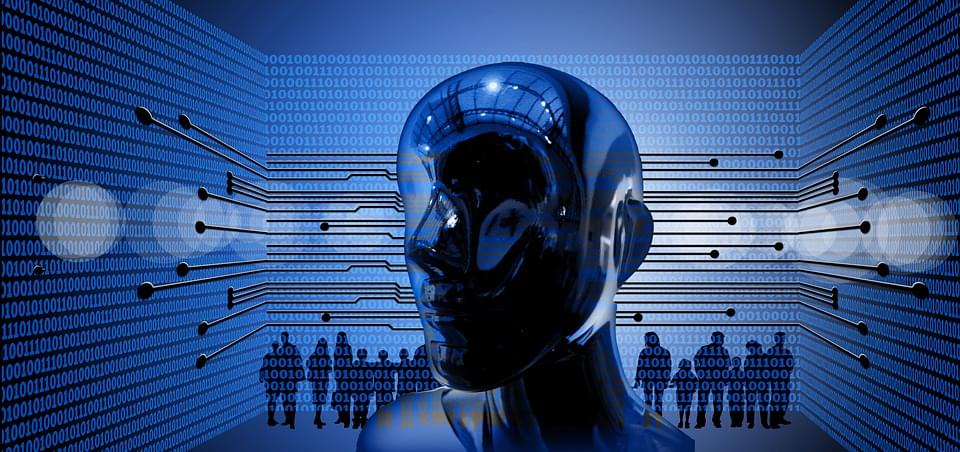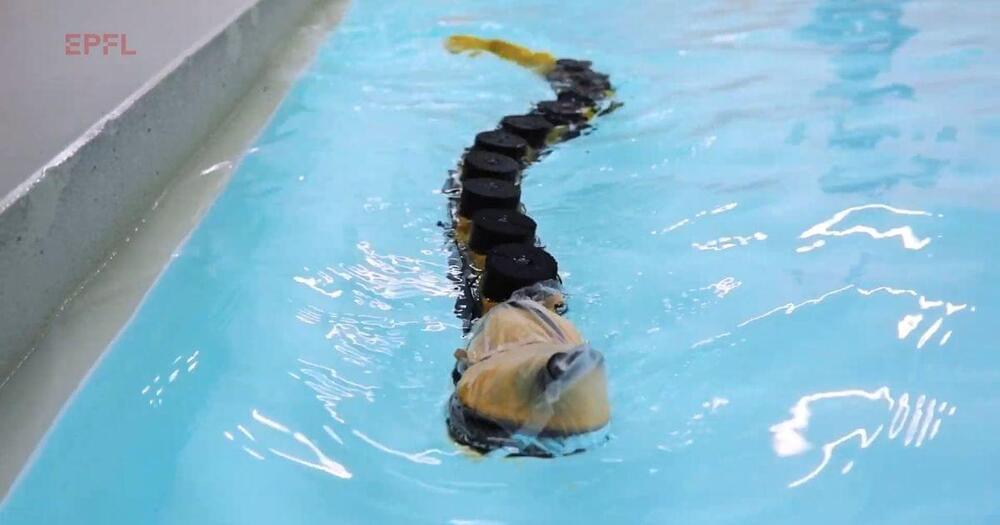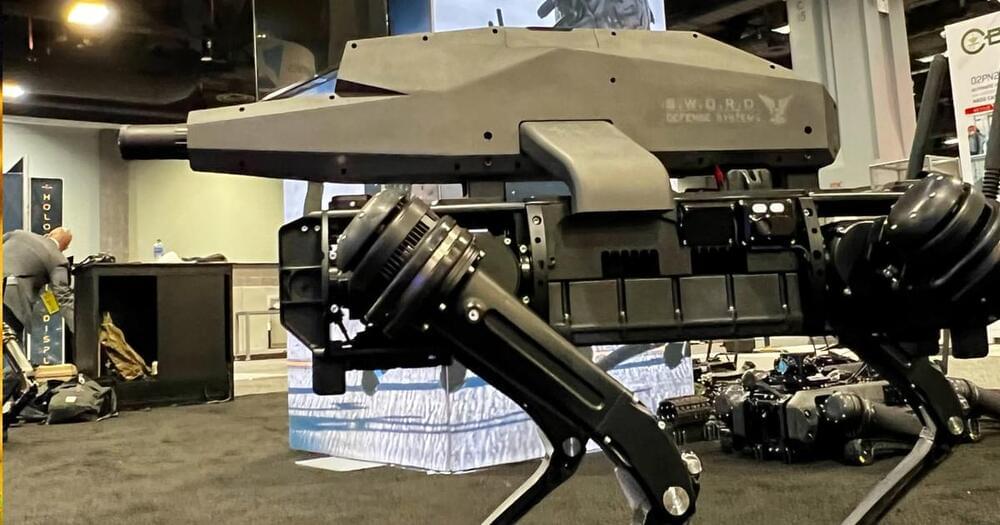Despite the continued progress that the state of the art in machine learning and artificial intelligence (AI) has been able to achieve, one thing that still sets the human brain apart — and those of some other animals — is its ability to connect the dots and infer information that supports problem-solving in situations that are inherently uncertain. It does this remarkably well despite sparse, incomplete, and almost always less than perfect data. In contrast, machines have a very difficult time inferring new insights and generalizing beyond what they have been explicitly trained on or exposed to.
How the brain evolved to achieve these abilities and what are the underlying ‘algorithms’ that enable them to remain poorly understood. The development and investigation of mathematical models will lead to a deep understanding of what the brain is doing and how are not mature and remain a very active area of research.
Full Story:
Intech Company is the ultimate source of the latest AI news. It checks trusted websites and collects bests pieces of AI information.





